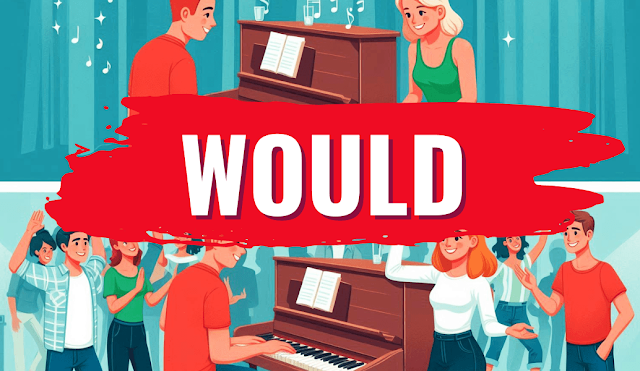LESSON PLAN FOR ENGLISH TEACHERSWHAT ARE YOU WEARING?
Level: Starter (A0-A1)
Type of language: General English
Tags: Clothes; Shops and Services; Vocabulary Lesson; Speaking; Pronunciation; 10-12 Years Old; 13-15 Years Old; 16-18 Years Old; 18+ Years Old
Publication date: 07/24/2025
In this lesson, students develop their conversational skills by talking about what they are wearing. First, they review common colors in the context of clothes before identifying and practicing a set of clothes vocabulary including a pronunciation focus on vowel sounds. The students then develop their listening skills with three short descriptions before practicing the use of the present continuous tense to describe what people are wearing. They then play an entertaining game to review clothes and colors before completing a speaking task to consolidate the language. There is also an additional group speaking task to enable the students to personalize and use the language further. (by Victoria Aitken)
- CLICK HERE to download the student’s worksheet in American English.
- CLICK HERE to download the teacher’s lesson plan in American English.
- CLICK HERE to download/listen to the audio 1 in American English.
- CLICK HERE to download/listen to the audio 2 in American English.
- CLICK HERE to download the student’s worksheet in British English.
- CLICK HERE to download the teacher’s lesson plan in British English.
- CLICK HERE to download/listen to the audio 1 in British English.
- CLICK HERE to download/listen to the audio 2 in British English.
AUDIO TRANSCRIPTS
AUDIO 1 (Exercise 4)
shirt – skirt – purple – dress – vest – red – yellow – socks – orange – shorts – jeans – green – sweater – jacket – black
AUDIO 2 (Exercise 5)
Woman 1: I’m wearing an orange shirt and blue jeans.
Woman 2: I’m wearing a green vest and jeans.
Man: I’m wearing a blue jacket and black jeans.
Adapted from: https://www.linguahouse.com/esl-lesson-plans/general-english/what-are-you-wearing. Accessed on July 31, 2025. LinguaHouse.com © 2008–2025. All rights reserved.











